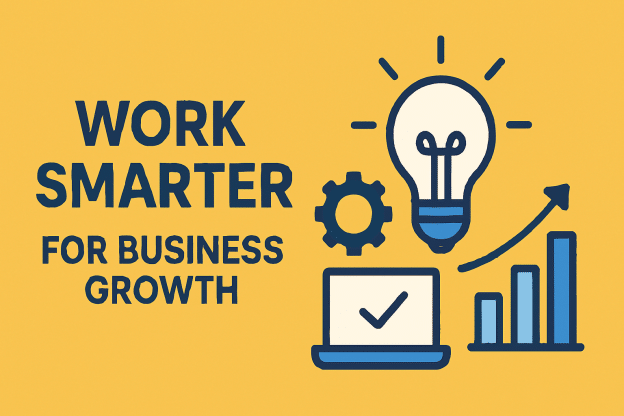The office is more than just a place where people gather to work. It is a hub of creativity, collaboration, and strategy that can drive business success. In a world where hybrid models and flexible spaces are becoming the norm, businesses must rethink how to make the most of their office environments. A motivated approach, combined with practical planning, can help companies use office space as a tool for growth rather than just an overhead expense.
Designing for Productivity
An effective office starts with intentional design. Open layouts may work for some teams, but others need quiet areas where they can focus without distraction. A balance of collaborative spaces and private work zones can make a significant difference in productivity.
Simple changes can have a big impact. Natural light, indoor plants, and ergonomic furniture not only improve employee wellbeing but also increase output. When staff feel comfortable and inspired by their surroundings, they are more motivated to perform at their best.
Technology in the Workplace
Modern offices rely heavily on technology to support both onsite and remote work. Tools for video conferencing, cloud collaboration, and digital project management are no longer optional. Integrating these systems into the workspace ensures seamless communication and efficiency across teams.
Beyond operations, data can also inform how businesses use their spaces. By analyzing patterns of office use, managers can optimize layouts, reduce wasted space, and save costs. Digital platforms such as Click insights SEO software can also support businesses by helping them understand how to attract and retain clients online. The smarter a business is with technology, the more sustainable and adaptable its workspace becomes.
Inspiring Examples of Office Innovation
Some companies are leading the way in creative use of office space. Coworking hubs, for instance, have shown how shared environments can foster innovation among small businesses and freelancers.
Other firms are experimenting with flexible seating and hot-desking to accommodate hybrid schedules. This allows businesses to scale up or down without committing to larger, more expensive offices. For small enterprises, these strategies keep overheads manageable while still providing a professional environment to meet clients and build credibility.
Practical Steps for Small Businesses
For businesses that want to get more out of their offices, the key is to start with clear goals. Ask questions like: What kind of culture do you want to build? What tools do employees need to succeed? From there, implement small, cost-effective changes such as modular furniture or shared breakout spaces.
Leasing flexible office space is another option for small firms. It provides room to grow without long-term commitments, making it easier to adapt as the business evolves.
Building a Future-Ready Workspace
As the nature of work continues to shift—driven by digital transformation, hybrid models, and evolving employee expectations—the office must adapt to remain relevant and effective. A future-ready workspace is more than just a place to conduct business; it’s a strategic tool that fosters productivity, creativity, and connection. By prioritizing thoughtful design, integrated technology, and flexible layouts, companies can create environments that respond to both current needs and future possibilities.
Design plays a pivotal role in shaping behavior and culture. Open collaboration zones, quiet focus areas, and wellness-driven amenities signal a commitment to employee experience. Technology, from smart booking systems to immersive conferencing tools, ensures seamless operations and global connectivity. Flexibility—through modular furniture, adaptable meeting rooms, and scalable infrastructure—empowers teams to work how and where they perform best.

